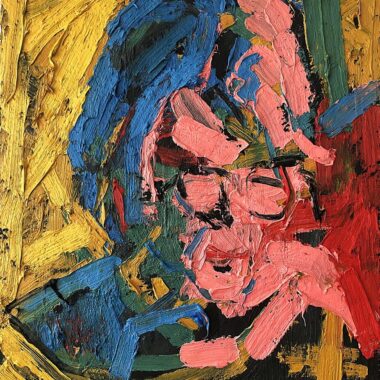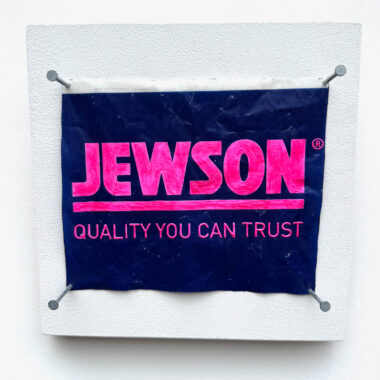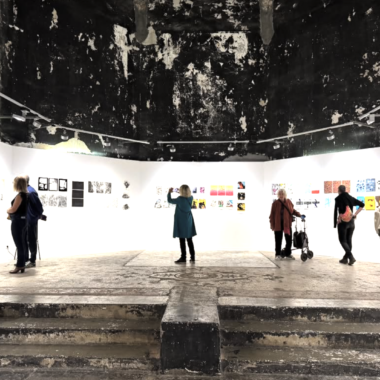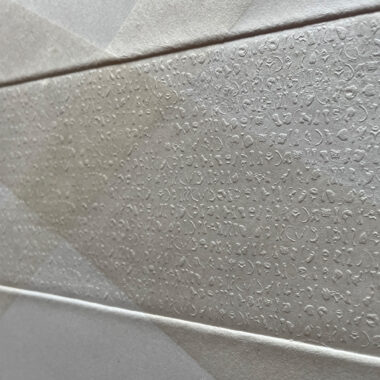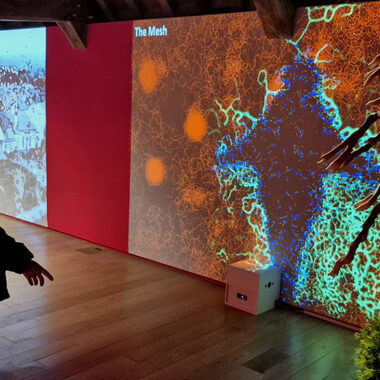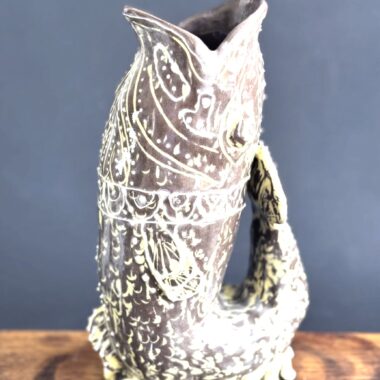“When I work within virtual space my experience is that I am entering a parallel spatial environment to that of the drawing studio. My response to objects and space is equivalent but different. Gravity is missing!”
An exhibition of ‘digital’ drawing from Angela Eames at Linden Hall Studio Gallery.

-SCAPE
Angela Eames is a drawer using line and in particular, the accumulation of both hand drawn and computer generated line. Line is forged through pencil, pixel, polygon, vertex and spline whilst simultaneously looking, forming and seeing in physical and virtual space.
LINDEN HALL STUDIO contemporary art gallery
32 St George’s Road, Deal, Kent, CT14 6BA.
Exhibition: 5th – 26th August
Private View: Saturday 4th August, 2 – 4 pm
Tuesday to Saturday 10am – 4pm
Sunday 11am – 2pm
Drawing Masterclass: Monday 13th August. Please contact the gallery for more details. Tel: 01304 360 411
Artist Talk: Saturday 18th August, 2 – 4 pm. Angela Eames will read four short stories contextualising the work.
As part of Linden Hall Studio’s ‘in conversation’ series, Gallery Director Myles Corley sits down with Angela Eames to discuss her life and times.
My practice explores the intermediate territory between the real and the virtual, between awareness and ignorance, between material and ethereal. This territory emerges from the realms of physical matter and the electronic: places wherein we operate with an assumed confidence that we are totally aware of our placement and our surroundings, when perhaps the opposite is the case. We watch our TV, mobile, laptop and pad screens and believe what we are seeing. We inhabit a world where fantasy not only meets reality but becomes it. Central to the work is an interest in the material and virtual spaces we view and inhabit as spectator or participant and the placement of ourselves and objects within those spaces. When I work within virtual space my experience is that I am entering a parallel spatial environment to that of the drawing studio. My response to objects and space is equivalent but different. Gravity is missing!
The experience and knowledge derived from previous drawing practice in the material world informs my thinking and working procedures. Decisions regarding what to do and what to do next are governed primarily by my experience as a drawer. My projections or conjectures with regard to the intangible stem from an awareness of the tangible and those of the invisible from an awareness of the visible and vice versa. I visually think through drawing. Drawing accommodates the coupling of intuitive and accidental with rational and strategic behaviours, both approaches being intrinsic to innovation. How else might I recognise potentials beyond my individual and patently limited experience? Drawing for me, might be summed up as what if? I am interested in rethinking the position of the viewer and the viewed. What if I could see differently? I am on the outside looking in, I can imagine the unseen but within the virtual environment I can see from the inside – out. I can move around, by means of a virtual camera, within a virtual space. The virtual camera becomes my eye. I can use the computer to do something, which it can do and I cannot, which I can propose and it can provide, which I cannot see – until I can.
The planets as tangible artefacts offer a view into a virtual void wherein the presence of familiar but in some way tainted spherical objects suggest that we take a second look. Though seemingly recognisable the planets assume an alternative persona teetering between the material and the ethereal. Their nibbled-away polygonal skins, reflect time’s passage and point to unwarranted human interference. Computer generated imagery is often stereotyped as being a rather banal and predictable visual re-incarnation of aspects of the actual world. When working within three dimensional computing space I want to exploit the actuality of the virtual. Why hide and disguise polygonal underpinning? Why not utilise it? I might then be able to find the accidental and the unexpected?
My works explore the ambivalent nature of our experience of reality. In their entirety the selected works for this exhibition comment on time past in relation to time present in order that there may be a time future. They reference natural form and order and our accountability as makers or manipulators within the world. They reflect upon the need for global attention to principles of balance reminding us that whilst we embrace new technology, we should also be mindful of the balance of nature.
Angela Eames

